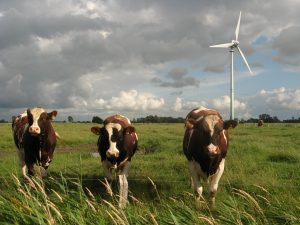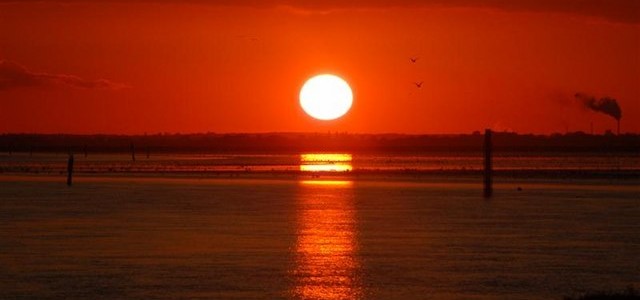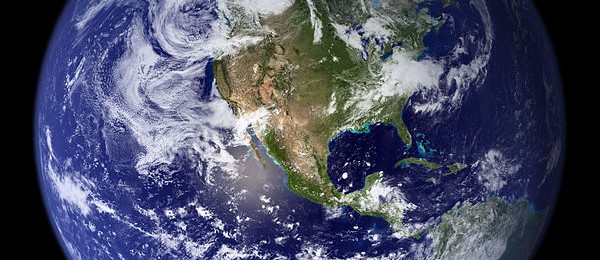Climate science
-

Another climate story related to the Arctic this week is the record-setting low extent of the sea ice in the Arctic Ocean for this time of year. Bob Henson of WunderBlog explains what has been observed this year and what it means for this summer here. The abnormally low snow cover which contributed to warm…
-

Deke Arndt of the National Centers for Environmental Information has a new blog post in the “Beyond the Data” blog describing some of the problems with describing the climate of Alaska and what they have seen so far. Alaska is warming far faster than other parts of the US, and especially faster than the Southeast,…
-

A new study that was published recently in Geophysical Research Letters shows that “Emissions from farms outweigh all other human sources of fine-particulate air pollution in much of the United States, Europe, Russia and China, according to new research. The culprit: fumes from nitrogen-rich fertilizers and animal waste combine in the air with combustion emissions…
-

Dr. Marshall Shepherd of UGA posted a blog entry to Forbes.com this week describing the cost of weather-related disasters across the world. You can read it here. In it, he states that “From 1995 to 2015, weather-related disasters killed over 600,000 people (roughly 30,000 per year) and injured or adversely impacted 4.1 billion global citizens.”…
-

As the wet season gets underway in Florida, Jeff Masters has a nice description of the wet and dry seasons in Florida in his Wunderblog post this week. We are seeing a pattern shift to more typical wet conditions in Florida and points north, which may help to reduce the moderate drought that has developed…
-

The Guardian reported on the most recent global climate report from NASA that globally, April set a new temperature record, making this the seventh month in a row to break the record. With this string of warm months, 2016 is almost certain to set a new record for the warmest year ever. Part of this…
-

Love it or hate it, the Al Gore movie “An Inconvenient Truth” brought a lot of awareness about changes in climate over time (both natural and caused by humans) to the public arena. It came out ten years ago, making a large number of prognostications about what the future climate would look like. Science News…